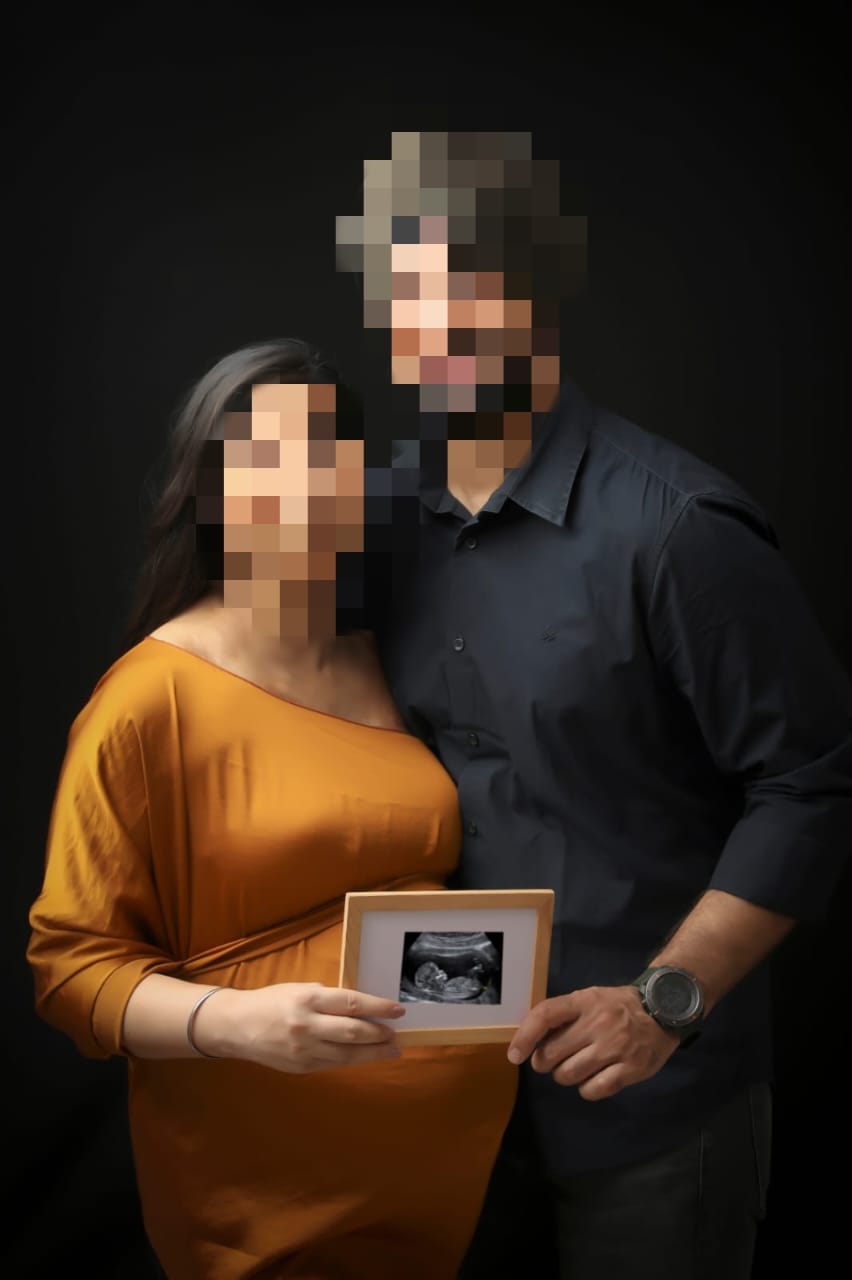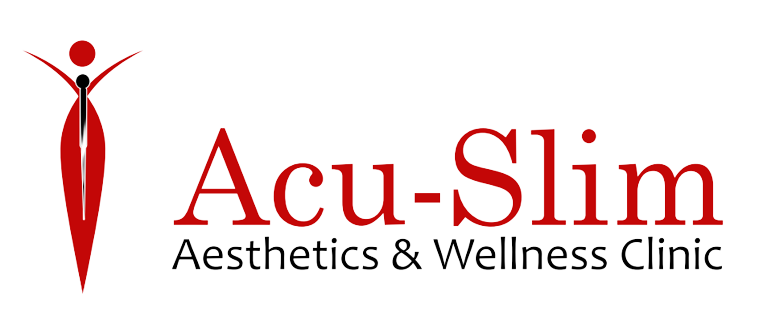Pregnancy management and care

Monitoring a pregnancy after treatment of infertility
Whenever a couple after a few months or years of treatment for infertility becomes pregnant, it is a moment of great joy. But with that happiness there is apprehension too. Many questions pop up in their minds. The only treatment for this is proper and systematic monitoring with periodic counseling and assurance.
Monitoring includes blood tests and sonography,regular examinations and some alterations in medications. Here is a brief account of how we monitor our pregnancies.
For simplicity purpose lets divide the pregnancy into three parts- first trimester (first three months), Second trimester (middle three months) and third or last trimester (last three months).
First trimester
As soon as the lady skips her periods we do a blood test which measures the level of B-HcG (hormone secreted only in pregnancy). Rather than a single value of B-HcG, serial tests give us more information about the progress of pregnancy. Simultaneously there will be few changes in medications for example some hormonal tablets are started for supporting the pregnancy. Also an injection which supplies B-HcG hormone is also given every 5 days, as this hormone is important for continuation of pregnancy,
If the B-HcG values increase progressively (usually three values are needed to conclude), that means the progress is good. However, if there is a decrease in value or if the values remain near same then it may either be a missed abortion or an ectopic pregnancy.
It has been widely reported that the incidence of miscarriage in pregnancies resulting from ART is higher than in spontaneous pregnancies. If the value increases more than double of previous value, there are chances of multiple pregnancies. In natural conceptions, one in 80 pregnancies results in twins. However in ART, rate of multiple pregnancies is more than one in five. Apart from the increased rate of twins, triplets and quadruplets which are extremely rare in natural conceptions occur commonly in women undergoing ART.
As soon as the B-HcG levels shoot above 15000IU or at 5-6 weeks of gestation a transvaginal sonography is done to confirm the pregnancy. At this stage usually a fetal pole (baby) and cardiac activity (baby heart beat) can be seen on sonography.
This is the stage when all symptoms of pregnancy may be evident, like nausea, vomiting, mild on and off pelvic pain, breast tenderness, urinary frequency,gaseous distention and constipation. Some medications may be required to tackle these symptoms. There is nothing to worry even if the dietary intake does not increase as during the first three months the requirement is less. The expected weight gain during the first three months is 0-2 kg.
All medications and injections are continued in the same format as before and a dating sonography (sonography which will give an accurate delivery date) is done around 7-8 weeks.
There is slightly more incidence of bleeding in the first trimester in IVF pregnancies compared to natural conception. There is nothing to be worried about if such a thing happens as most of the time bleeding is controlled with medicines. Sometimes unfortunately it may end in abortion.
The same format of treatment continues till 11-13 weeks of gestation. During this time the first abnormality scan (including nuchal translucency) is done. Also blood tests like CBC, urine routine, TSH,Vit D, blood group and double marker test to judge the risk of abnormality in babies are done.
After going through the reports the injections and hormonal medications are stopped. Calcium and iron tablets are added at this point. After 13 weeks we enter the second trimester.
Second Trimester
The middle three months (12-24 weeks) are called the second trimester. This is the best period of pregnancy as all the uncomfortable symptoms occurring before slowly disappear. One starts feeling hungry and eating more. This is the best time to travel or take a holiday. Also, flight travel is safest during this period.
The woman starts gaining weight and looking pregnant by the end of four months. She may be able to feel slight fetal movements by the end of the 5th month.
Counseling and diet advice is been done specially in overweight/ PIH/ Gestational diabetes/ conception in PCOD patients to restrict weight gain and nutrition advice for intrauterine fetal wellbeing .
Two songraphies are done during this Period. One is around 18-20 weeks (Four and half months) and the second around 24- 25 weeks (End of 6th months). These are both abnormality scans done to pick up any structural abnormality In the baby.
Around 18 weeks we may do blood sugar and serum protein tests. This is to detect pregnancy induced diabetes (Gestational diabetes) or hypoproteinemia. Both these disorders if detected early can be corrected with timely intervention, thus avoiding complications to occur.
In addition to folic acid, vitamin E, iron and calcium tablets, a protein powder may be added. A short course of antibiotics and probiotics are given as these have shown to decrease incidence of preterm labour and PROM.
Particular attention has to be given to the cervical length (The length of the mouth of the uterus) by doing 2-3 weekly transvaginal scans during this period. If the cervical length is short or the mouth of the uterus opens up a suture may be needed to close it. This is called os tightening.
Our experience at Ankoor fertility clinic has shown that by regular monitoring of cervical length and giving short courses of prebiotics, the incidence of preterm delivery and consequently neonatal morbidity and mortality becomes negligible. This is because by this protocol we avoid occurrence of infection (which is a major cause of preterm delivery) and pick up early cervical shortening which can be treated with os tightening.
Third trimester
In the last few months the countdown begins. The baby gains maximum weight during this period. Third trimester starts from 24 weeks till 40 weeks. Most of the time delivery occurs before 38 weeks. In the last few weeks there may be symptoms like backache, lower abdominal pain, constipation and urinary frequency. There may be difficulty in sleeping.
A sonography with Doppler (to assess blood flow to the baby) between 32-34 weeks (8 months) is usually done. More sonography may be done if necessary.
Last few blood tests like CBC, urine and HIV, HbsAg, HCV are done as the delivery date approaches. If needed blood sugars and serum proteins may be repeated.
All medicines are continued the same. If Ecosprin is started previously, this may be stopped at 32 weeks.
Mode of delivery is usually discussed with the patient at 36 weeks. Rate of cesarean section is usually greater in ART pregnancies compared to natural conception. This is not purely because the pregnancy after treatment is a precious pregnancy. It is so as ART pregnancies have higher rates of complications like Multiple pregnancies, Placenta previa, Pregnancy induced hypertension and Intrauterine growth retardation.
However normal vaginal delivery should be offered to all women who have an uneventful antenatal course with no indication for cesarean section.


